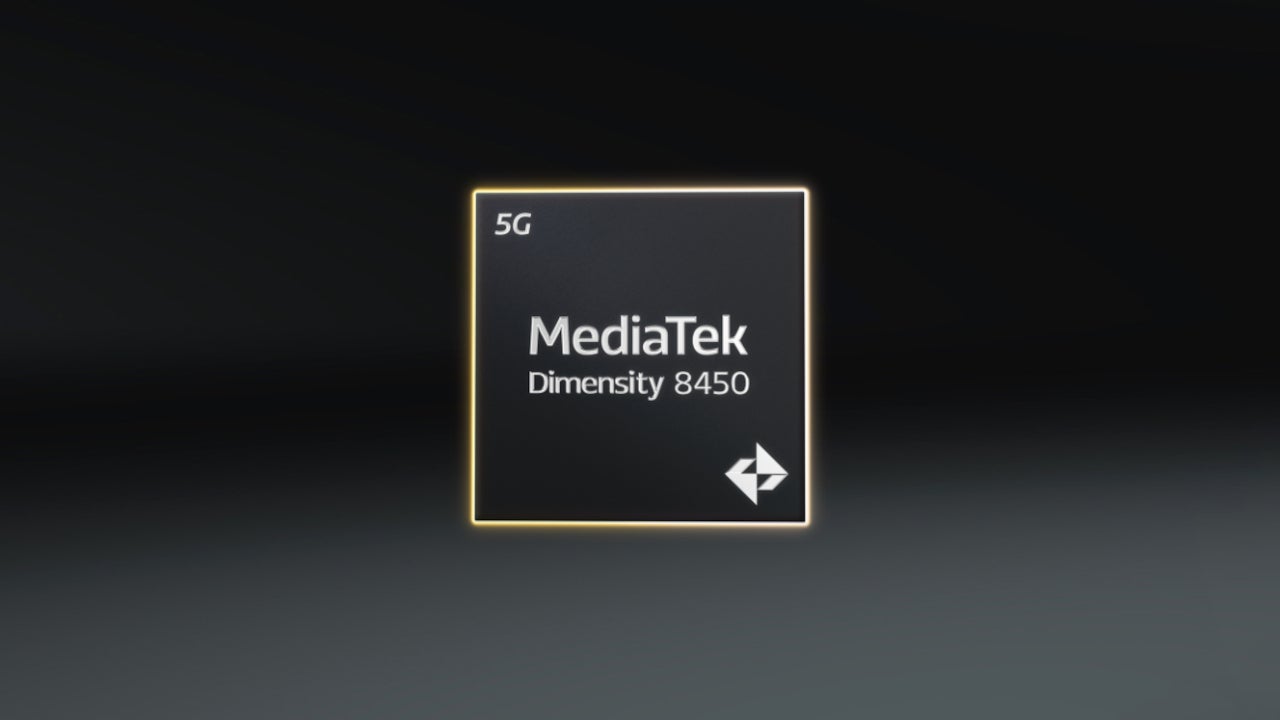Top 17 Deep Learning Architectures: Your Essential Resource List
Hello fellow knowledge seekers and AI enthusiasts! The world of Deep Learning is vast and ever-evolving, driven by incredible Deep Learning Architectures that have reshaped fields from computer vision to natural language processing. Understanding these foundational structures is crucial for anyone looking to build, innovate, or simply grasp the magic behind modern AI. Whether you're a seasoned developer or just starting your journey into the depths of Neural Networks, navigating the plethora of information can be overwhelming. That's why I've curated a list of essential resources that will illuminate the intricacies of Convolutional Neural Networks (CNNs), Recurrent Neural Networks (RNNs), Long Short-Term Memory (LSTMs), and the revolutionary Transformers. Let's dive into these pillars of Machine Learning! The Foundations: Convolutional Neural Networks (CNNs) CNNs are the unsung heroes of Computer Vision. Inspired by the human visual cortex, they excel at identifying patterns and features in images. Think image recognition, object detection, and even medical image analysis – CNNs are at the heart of these breakthroughs. Their ability to learn spatial hierarchies from raw pixel data makes them incredibly powerful. A Comprehensive Comparison of Deep Learning Architectures: This article offers a great side-by-side look, including CNNs. CNN vs. RNN vs. LSTM vs. Transformer: A Comprehensive Comparison Exploring Various Neural Network Types: Get a broader perspective on how CNNs fit into the wider neural network landscape. 12 Types of Neural Networks in Deep Learning Common Deep Learning Architectures to Know: A good overview of the key models, including CNNs, highlighting their unique strengths. Common Deep Learning Architectures to Know for Deep Learning Handling Sequences: Recurrent Neural Networks (RNNs) and LSTMs When data comes in sequences – like text, speech, or time series – RNNs stepped onto the scene. Unlike traditional neural networks, RNNs have loops that allow information to persist, making them suitable for tasks like language modeling and machine translation. However, they faced a significant challenge: the vanishing gradient problem, which made it difficult to learn long-term dependencies. This is where LSTMs (Long Short-Term Memory networks) came to the rescue! LSTMs are a special kind of RNN designed to overcome this very problem. With their ingenious "gates" (input, forget, and output gates), LSTMs can selectively remember or forget information, effectively capturing dependencies over long sequences. They've been instrumental in advancing Natural Language Processing (NLP) tasks. Understanding the Evolution of Sequence Models: A fantastic starting point to grasp the nuances of RNNs and LSTMs. Study Guide #1: Understanding RNN, LSTM, Transformers Deep Dive into RNNs: Get a solid understanding of the fundamental concepts behind recurrent networks. What is a Recurrent Neural Network (RNN)? Comparing RNNs, LSTMs, and GRUs: Understand the distinctions and improvements. RNN vs LSTM vs GRU vs Transformers When to Use What: A practical comparison of sequential models. RNNs vs LSTM vs Transformers The Revolution: Transformers The Transformer architecture burst onto the scene and fundamentally changed the landscape of Natural Language Processing, and increasingly, Computer Vision. What makes Transformers so revolutionary is their reliance solely on Attention Mechanisms, specifically "self-attention." This allows them to process all parts of an input sequence in parallel, capturing global dependencies much more efficiently than RNNs or LSTMs, which process sequentially. This parallelization enables training on much larger datasets and has led to the development of powerful pre-trained models like BERT and GPT, which are driving the current boom in Generative AI. From RNNs to Transformers: Follow the evolutionary path that led to this groundbreaking architecture. From RNNs to Transformers Step-by-Step Transformer Breakdown: A detailed explanation of how Transformers work. Transformer Neural Networks: A Step-by-Step Breakdown Beginner's Guide to Transformer Architecture: Simplifying complex concepts for easier understanding. A Beginner's Guide to the Transformer Architecture in Deep Learning The Ultimate Transformer Guide: Explore the power and applications of this transformative model. The Ultimate Guide to Transformer Deep Learning Wikipedia on Transformers: A foundational reference for technical details. Transformer (deep learning architecture) Comparing the Titans Each Deep Learning Architecture has its strengths and ideal use cases. While CNNs are specialized for spatial data, and RNNs/LSTMs traditionally handled sequential data, Transformers have demonstrated remarkable versatility, ofte

Hello fellow knowledge seekers and AI enthusiasts!
The world of Deep Learning is vast and ever-evolving, driven by incredible Deep Learning Architectures that have reshaped fields from computer vision to natural language processing. Understanding these foundational structures is crucial for anyone looking to build, innovate, or simply grasp the magic behind modern AI.
Whether you're a seasoned developer or just starting your journey into the depths of Neural Networks, navigating the plethora of information can be overwhelming. That's why I've curated a list of essential resources that will illuminate the intricacies of Convolutional Neural Networks (CNNs), Recurrent Neural Networks (RNNs), Long Short-Term Memory (LSTMs), and the revolutionary Transformers.
Let's dive into these pillars of Machine Learning!
The Foundations: Convolutional Neural Networks (CNNs)
CNNs are the unsung heroes of Computer Vision. Inspired by the human visual cortex, they excel at identifying patterns and features in images. Think image recognition, object detection, and even medical image analysis – CNNs are at the heart of these breakthroughs. Their ability to learn spatial hierarchies from raw pixel data makes them incredibly powerful.
- A Comprehensive Comparison of Deep Learning Architectures: This article offers a great side-by-side look, including CNNs.
- Exploring Various Neural Network Types: Get a broader perspective on how CNNs fit into the wider neural network landscape.
- Common Deep Learning Architectures to Know: A good overview of the key models, including CNNs, highlighting their unique strengths.
Handling Sequences: Recurrent Neural Networks (RNNs) and LSTMs
When data comes in sequences – like text, speech, or time series – RNNs stepped onto the scene. Unlike traditional neural networks, RNNs have loops that allow information to persist, making them suitable for tasks like language modeling and machine translation. However, they faced a significant challenge: the vanishing gradient problem, which made it difficult to learn long-term dependencies.
This is where LSTMs (Long Short-Term Memory networks) came to the rescue! LSTMs are a special kind of RNN designed to overcome this very problem. With their ingenious "gates" (input, forget, and output gates), LSTMs can selectively remember or forget information, effectively capturing dependencies over long sequences. They've been instrumental in advancing Natural Language Processing (NLP) tasks.
- Understanding the Evolution of Sequence Models: A fantastic starting point to grasp the nuances of RNNs and LSTMs.
- Deep Dive into RNNs: Get a solid understanding of the fundamental concepts behind recurrent networks.
- Comparing RNNs, LSTMs, and GRUs: Understand the distinctions and improvements.
- When to Use What: A practical comparison of sequential models.
The Revolution: Transformers
The Transformer architecture burst onto the scene and fundamentally changed the landscape of Natural Language Processing, and increasingly, Computer Vision. What makes Transformers so revolutionary is their reliance solely on Attention Mechanisms, specifically "self-attention." This allows them to process all parts of an input sequence in parallel, capturing global dependencies much more efficiently than RNNs or LSTMs, which process sequentially.
This parallelization enables training on much larger datasets and has led to the development of powerful pre-trained models like BERT and GPT, which are driving the current boom in Generative AI.
- From RNNs to Transformers: Follow the evolutionary path that led to this groundbreaking architecture.
- Step-by-Step Transformer Breakdown: A detailed explanation of how Transformers work.
- Beginner's Guide to Transformer Architecture: Simplifying complex concepts for easier understanding.
- The Ultimate Transformer Guide: Explore the power and applications of this transformative model.
- Wikipedia on Transformers: A foundational reference for technical details.
Comparing the Titans
Each Deep Learning Architecture has its strengths and ideal use cases. While CNNs are specialized for spatial data, and RNNs/LSTMs traditionally handled sequential data, Transformers have demonstrated remarkable versatility, often outperforming older models even in sequence-based tasks due to their efficiency and ability to model long-range dependencies. Understanding when to deploy a CNN for image analysis versus a Transformer for complex language generation is key to successful AI development.
- Comprehensive Guide to Modern Deep Learning Architectures: A holistic view comparing various models.
- A Comprehensive Guide to Deep Learning Algorithms: Offers insights into best practices for using these algorithms effectively.
Beyond the Basics: Curated Collections & Further Learning
For those who want to dive even deeper, or find more specialized articles and code, these curated lists and learning hubs are invaluable. They often link to research papers, practical implementations, and cutting-edge developments in the field of AI and Machine Learning.
- Awesome Deep Learning GitHub Repo: A treasure trove of tutorials, projects, and communities.
- UnfoldAI Deep Learning Category: A great place to discover new articles and guides.
- Aman's AI Journal: Course notes and learning materials, offering structured learning.
Your Next Step in AI & Machine Learning
Mastering these Deep Learning Architectures is a significant step towards becoming proficient in AI. Each model represents a crucial piece in the complex puzzle of artificial intelligence, offering unique solutions to challenging problems. Keep exploring, keep learning, and keep building!
For more cutting-edge insights and a curated selection of resources in the dynamic world of artificial intelligence and machine learning, explore the comprehensive AI & Machine Learning Catalogue at TechLinkHub. This platform is an invaluable asset for discovering new tools, frameworks, and expert analyses, ensuring you stay at the forefront of AI innovation and advancements in Machine Learning Models and Deep Neural Network applications.
Happy learning!




















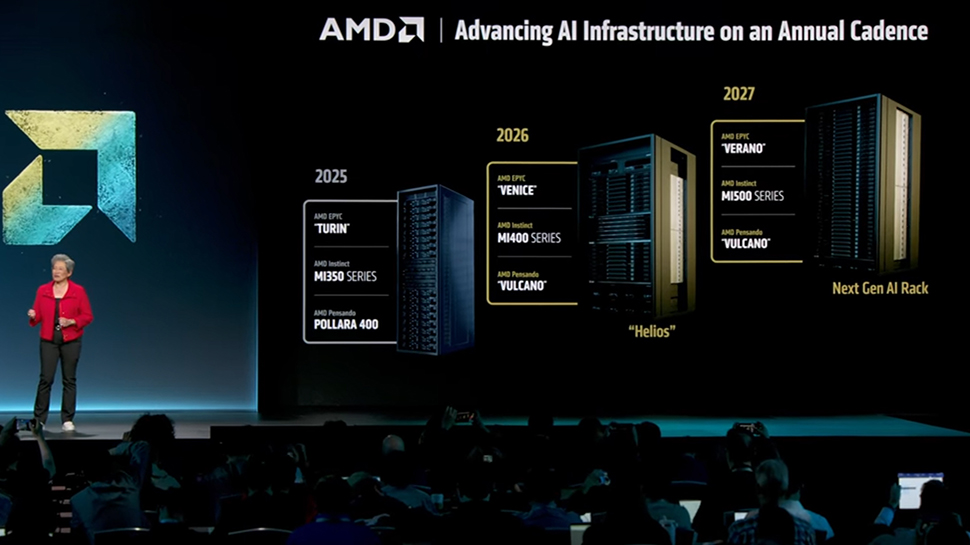






























































































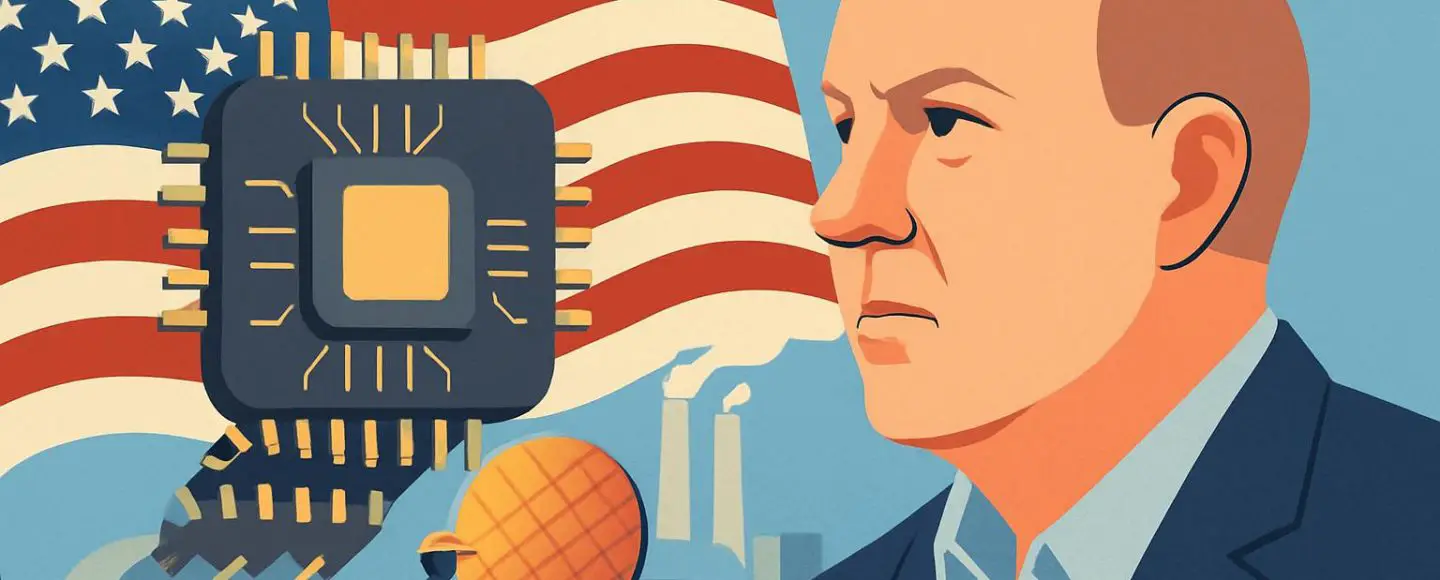


























































![[The AI Show Episode 154]: AI Answers: The Future of AI Agents at Work, Building an AI Roadmap, Choosing the Right Tools, & Responsible AI Use](https://www.marketingaiinstitute.com/hubfs/ep%20154%20cover.png)
![[The AI Show Episode 153]: OpenAI Releases o3-Pro, Disney Sues Midjourney, Altman: “Gentle Singularity” Is Here, AI and Jobs & News Sites Getting Crushed by AI Search](https://www.marketingaiinstitute.com/hubfs/ep%20153%20cover.png)





















































































































![[FREE EBOOKS] The Chief AI Officer’s Handbook, Natural Language Processing with Python & Four More Best Selling Titles](https://www.javacodegeeks.com/wp-content/uploads/2012/12/jcg-logo.jpg)









































































![GrandChase tier list of the best characters available [June 2025]](https://media.pocketgamer.com/artwork/na-33057-1637756796/grandchase-ios-android-3rd-anniversary.jpg?#)




















































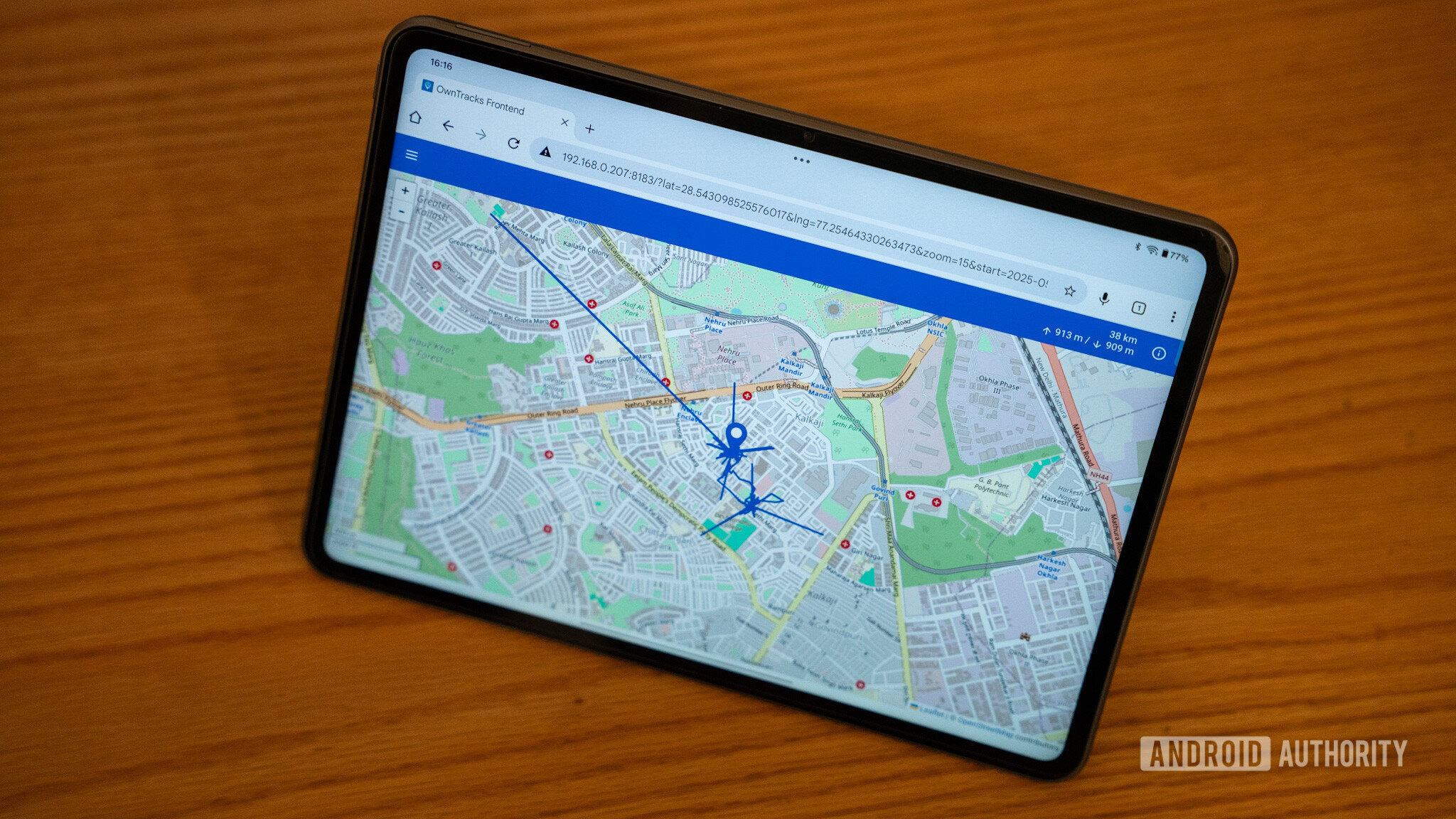














_Frank_Peters_Alamy.jpg?width=1280&auto=webp&quality=80&disable=upscale#)







































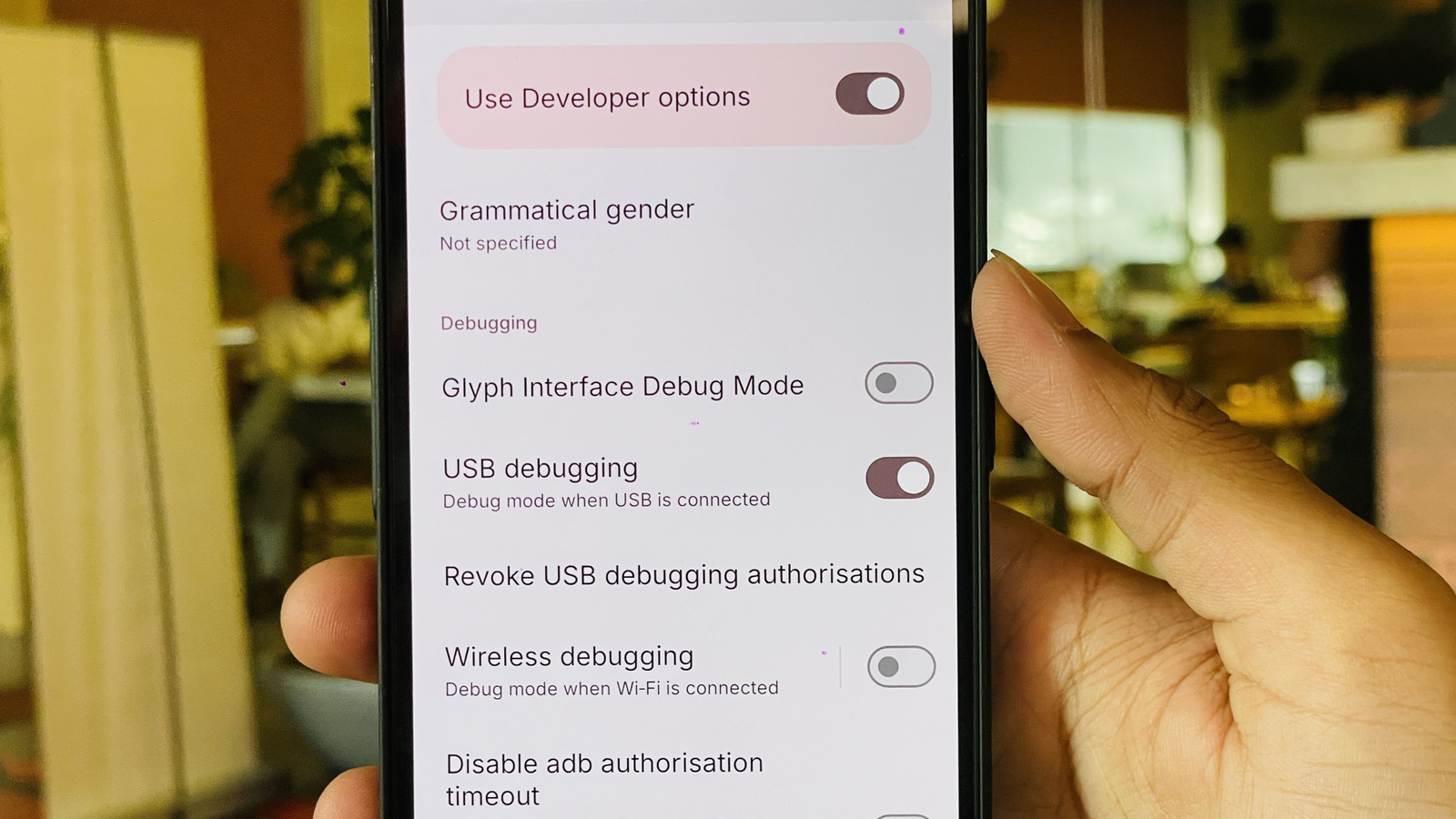





































































![Apple Weighs Acquisition of AI Startup Perplexity in Internal Talks [Report]](https://www.iclarified.com/images/news/97674/97674/97674-640.jpg)
![Oakley and Meta Launch Smart Glasses for Athletes With AI, 3K Camera, More [Video]](https://www.iclarified.com/images/news/97665/97665/97665-640.jpg)

![How to Get Your Parents to Buy You a Mac, According to Apple [Video]](https://www.iclarified.com/images/news/97671/97671/97671-640.jpg)






















![New accessibility settings announced for Steam Big Picture Mode and SteamOS [Beta]](https://www.ghacks.net/wp-content/uploads/2025/06/New-accessibility-settings-announced-for-Steam-Big-Picture-Mode-and-SteamOS.jpg)





























